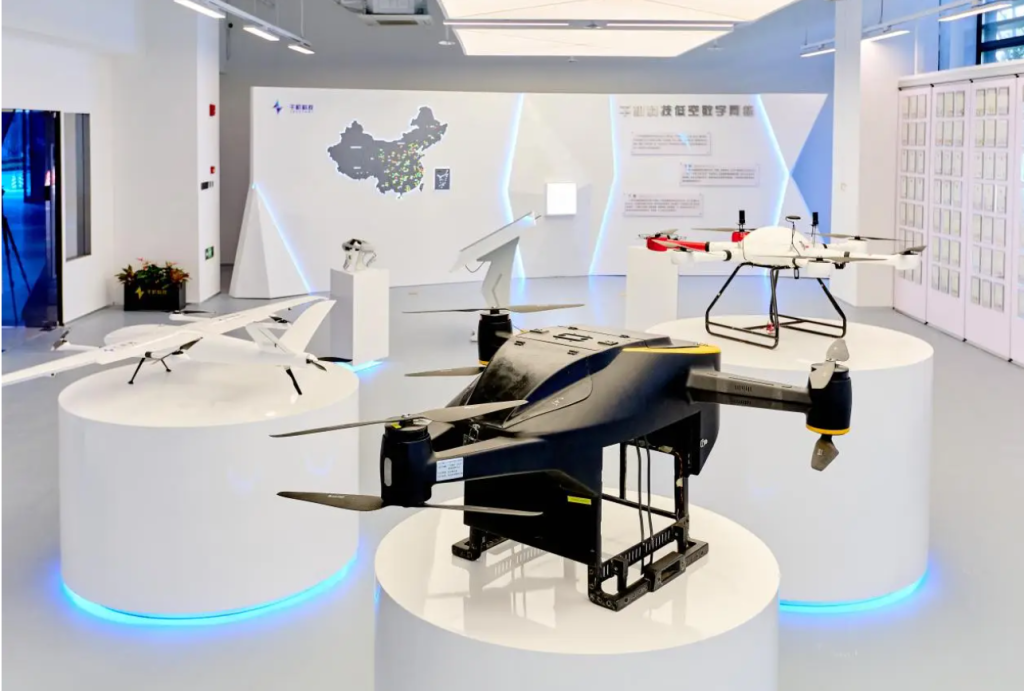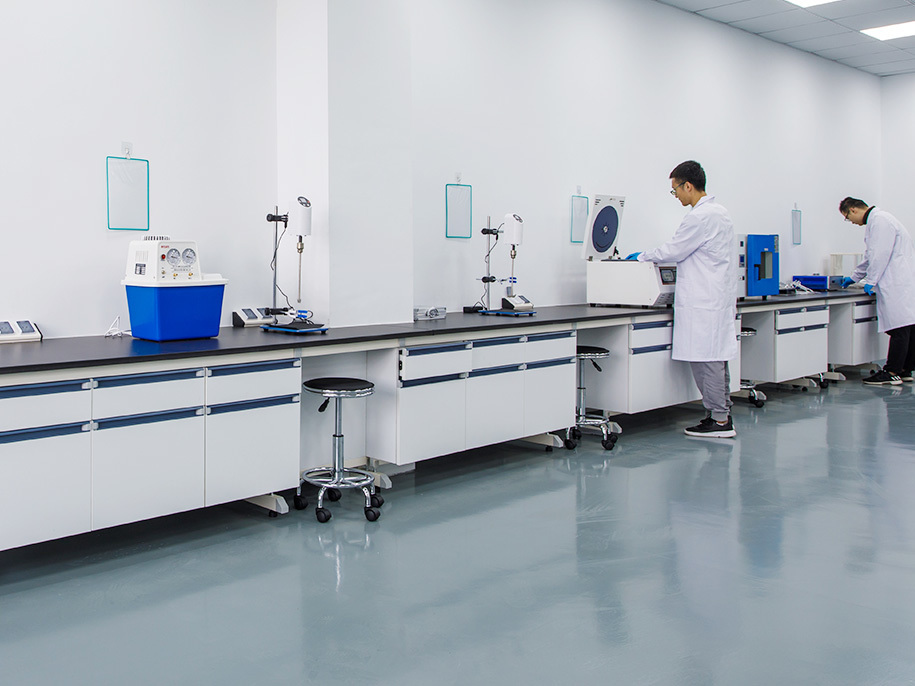Infrastructure Development in the Low-Altitude Economy: Airports and Vertiports
1. Introduction: The Role of Infrastructure in the Low-Altitude Economy
As the low-altitude economy expands, the demand for efficient, well-planned infrastructure to support urban air mobility (UAM), drone logistics, and other aerial applications is growing rapidly. The development of airports, vertiports, charging stations, and navigation systems plays a crucial role in enabling safe and efficient operations.

This article explores the key aspects of low-altitude infrastructure development, the impact of graphene-enhanced technologies, and future trends in airport and vertiport construction.
2. Key Components of Low-Altitude Infrastructure
(1) Vertiports and Drone Hubs
- Dedicated landing and takeoff areas for drones and urban air taxis.
- Equipped with charging stations, maintenance facilities, and air traffic control systems.
- Designed for seamless integration with existing urban and logistics infrastructure.
(2) Advanced Navigation and Air Traffic Management Systems
- Unmanned Traffic Management (UTM) for real-time drone coordination.
- AI-powered air traffic control to prevent congestion and mid-air collisions.
- Integration with 5G and IoT for real-time monitoring and predictive analytics.
(3) Charging and Battery Swapping Stations
- Graphene-enhanced battery stations for faster charging and extended flight times.
- Wireless and automated battery swapping for uninterrupted drone operations.
- Standardized charging networks across urban and rural areas.
(4) Weather Monitoring and Safety Infrastructure
- Graphene-based environmental sensors to monitor weather conditions.
- AI-driven predictive analytics for safe flight path adjustments.
- Automated emergency landing zones to handle unexpected situations.
3. The Role of Graphene in Infrastructure Development
Graphene’s lightweight, durable, and conductive properties are revolutionizing low-altitude infrastructure in several ways:
(1) Graphene-Based Structural Materials
- Stronger and lighter construction materials for vertiports and drone hubs.
- Improved weather resistance and durability, reducing maintenance costs.
- Self-healing concrete and coatings for infrastructure longevity.
(2) Graphene Batteries for High-Efficiency Charging Stations
- Faster-charging graphene batteries reduce downtime for drones and eVTOLs.
- Higher energy density enables longer flight ranges.
- Extended battery lifespan, lowering replacement costs.
(3) Graphene-Enabled Smart Sensors for Air Traffic Management
- Ultra-sensitive graphene sensors enhance airspace monitoring and obstacle detection.
- Real-time weather and environmental data collection for safe navigation.
- IoT-connected graphene chips improve drone-to-infrastructure communication.
(4) Graphene-Based Supercapacitors for Power Management
- Rapid energy storage and discharge, ideal for drone charging hubs.
- Longer operational lifespan than traditional batteries.
- Reduced environmental impact due to sustainable materials.
4. Future Trends in Low-Altitude Infrastructure Development
🚀 AI-Integrated Air Traffic Management: Enhancing safety and efficiency for autonomous UAV operations.
🔋 Graphene-Powered Vertiports: Faster charging, energy efficiency, and self-sustaining infrastructure.
🌍 Sustainable and Smart Infrastructure: Eco-friendly designs and modular vertiports for urban adaptation.
📡 5G-Enabled Navigation Systems: Real-time tracking and ultra-fast data transfer for safe drone coordination.
The expansion of low-altitude infrastructure will unlock new opportunities for logistics, transportation, and emergency response, making drone-powered services more accessible and reliable.
📢 Want to explore graphene-based solutions for next-generation drone infrastructure? Contact us today!

